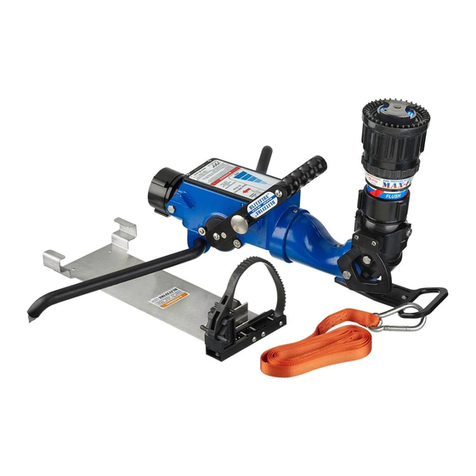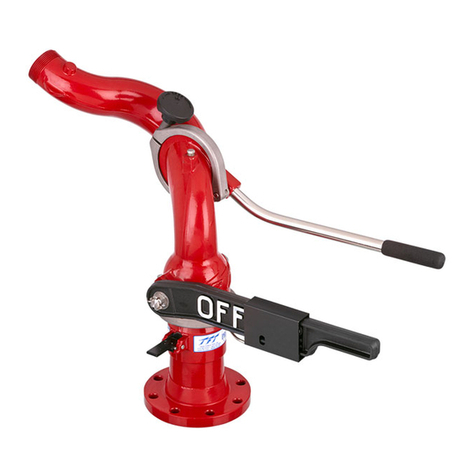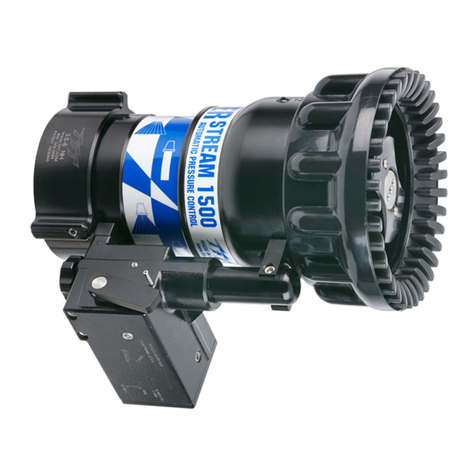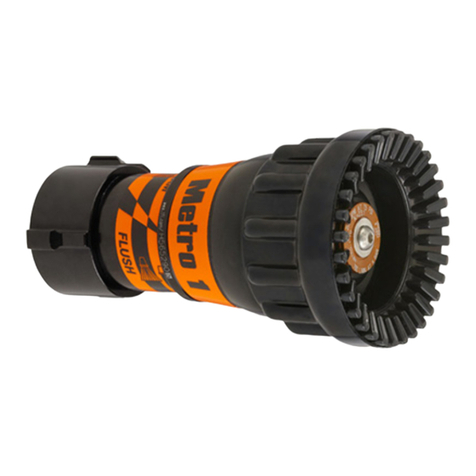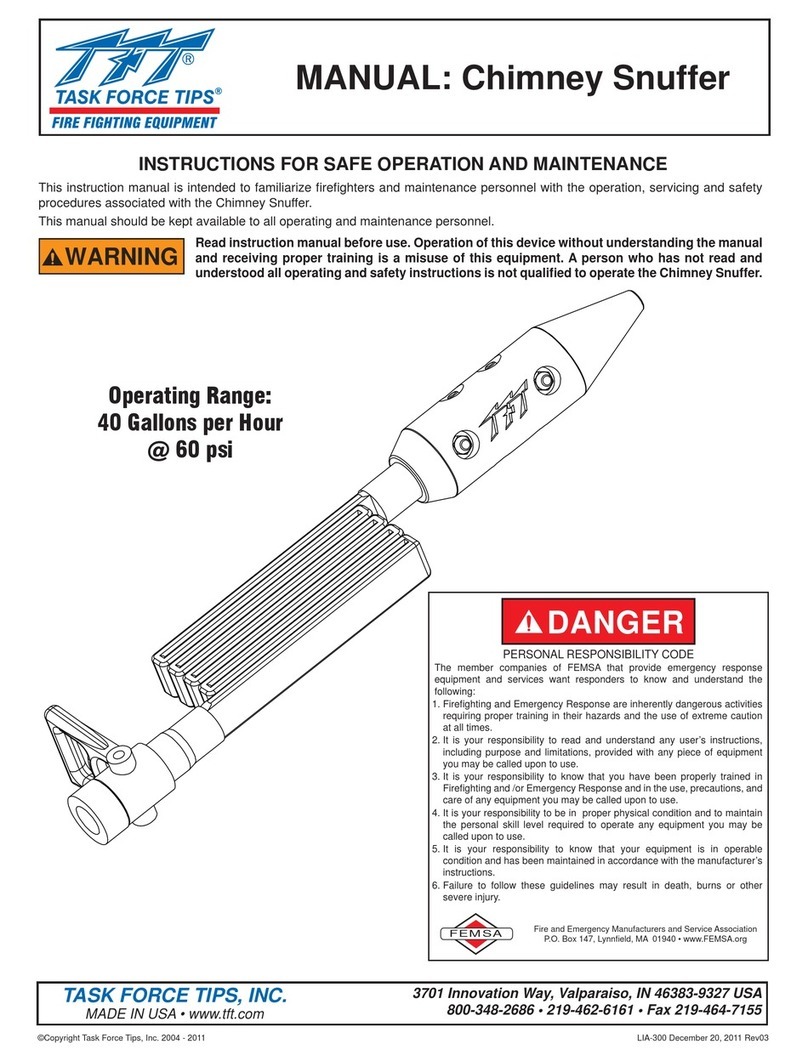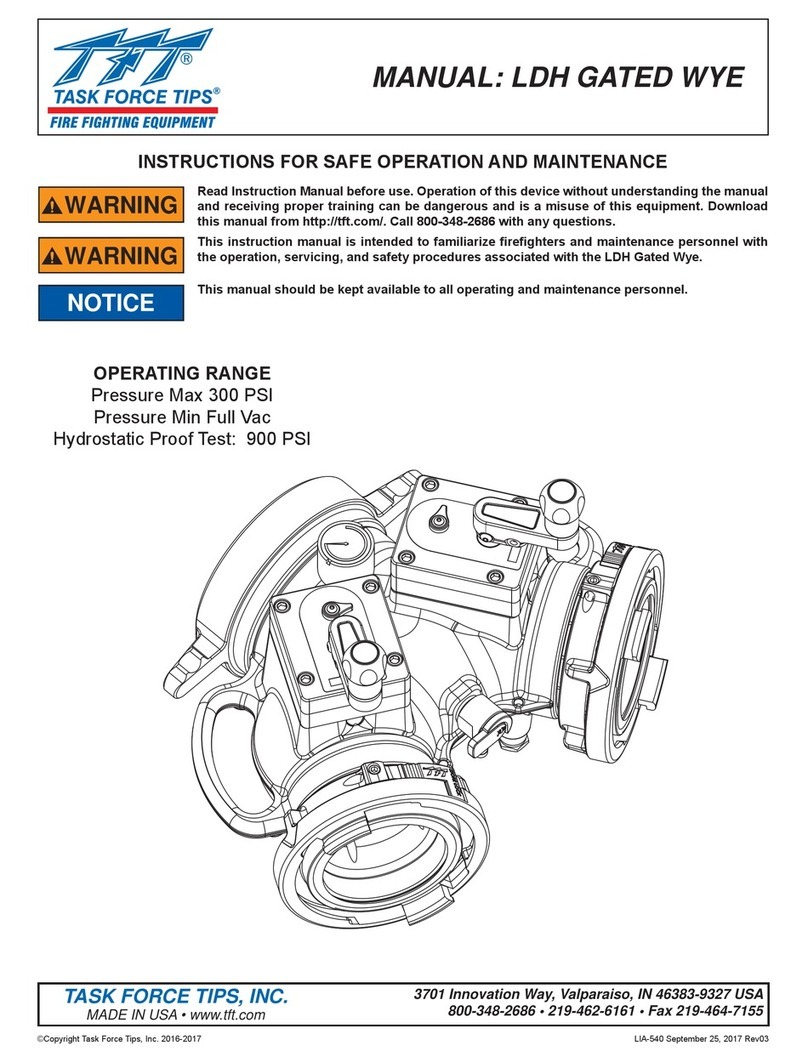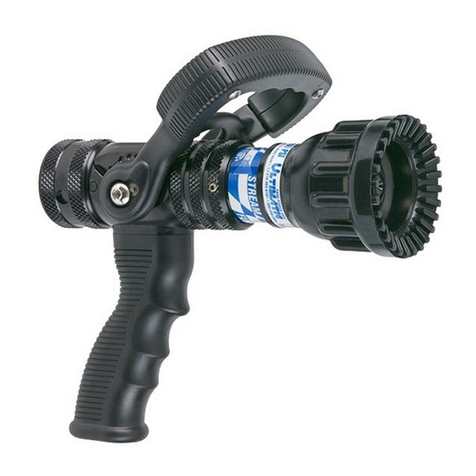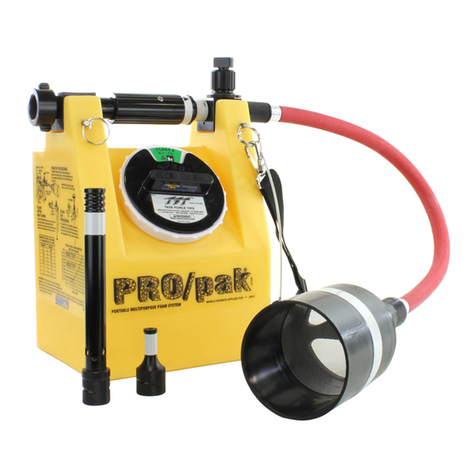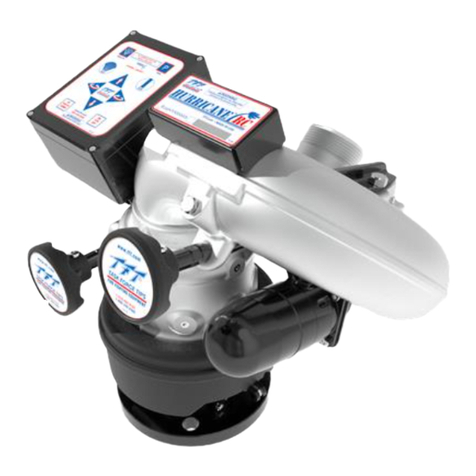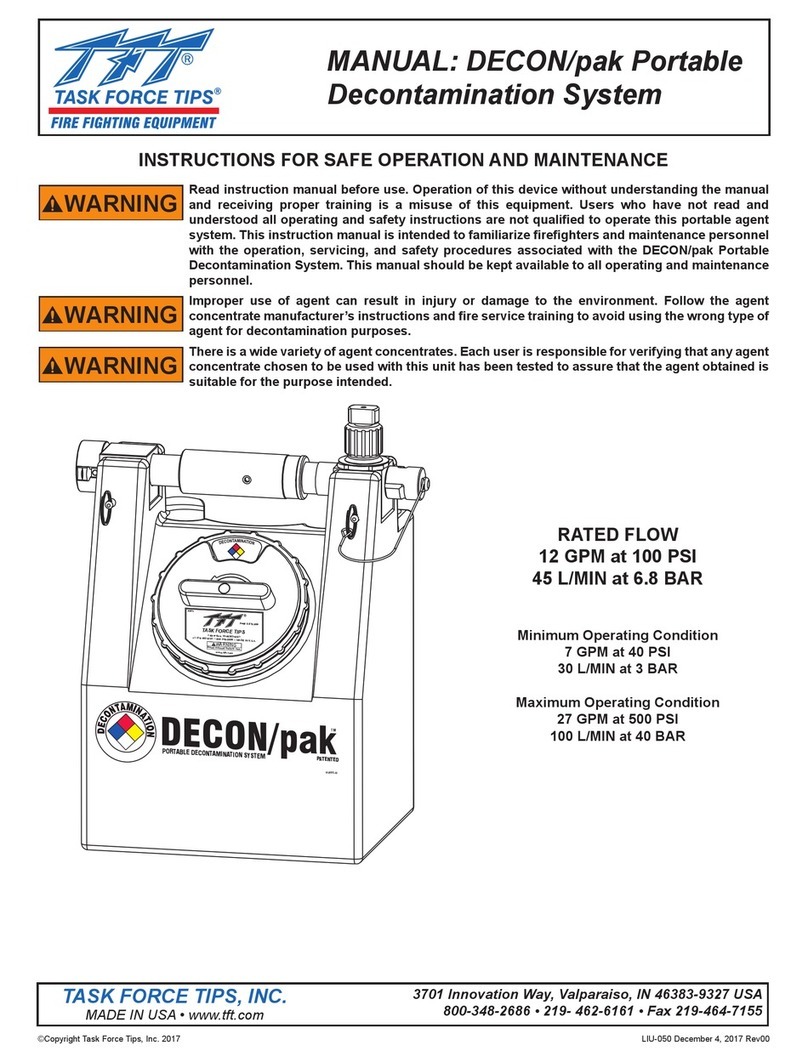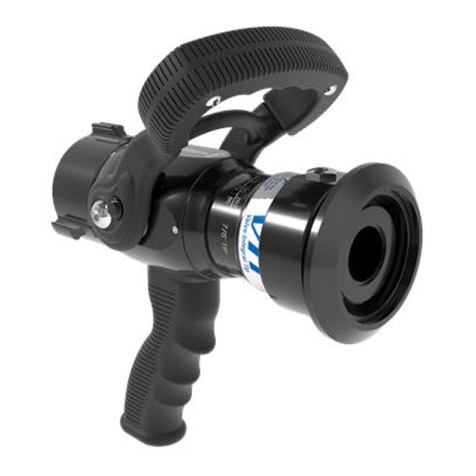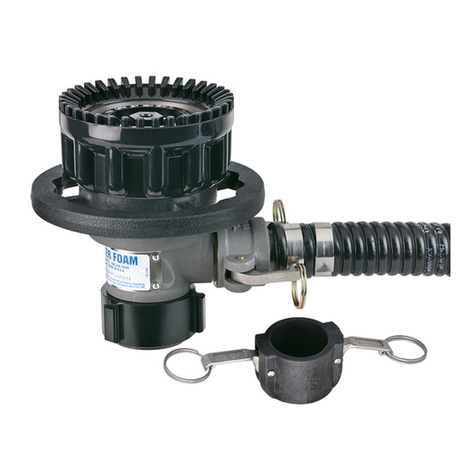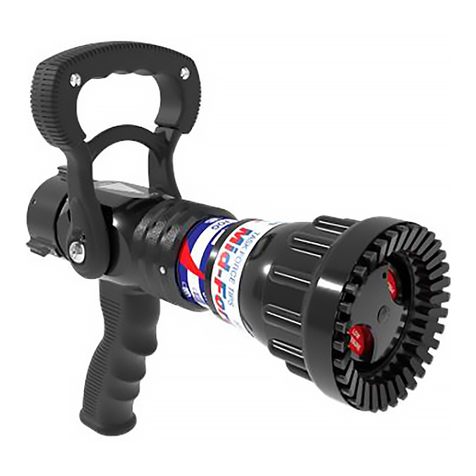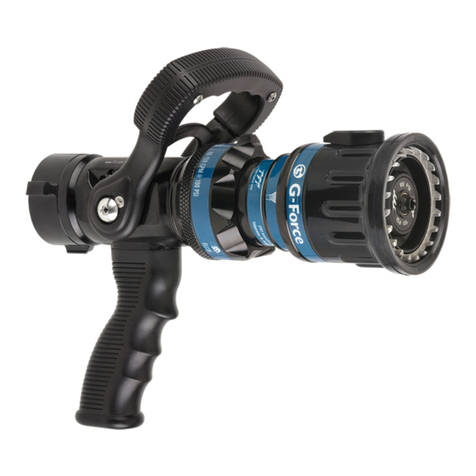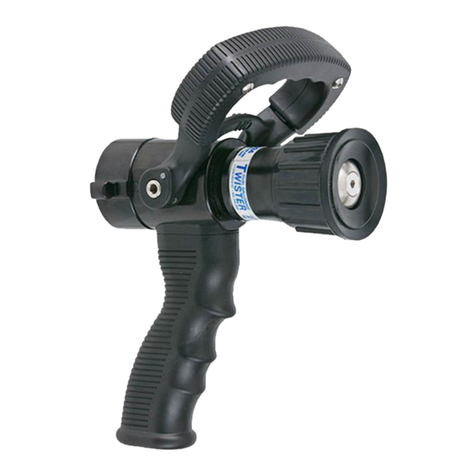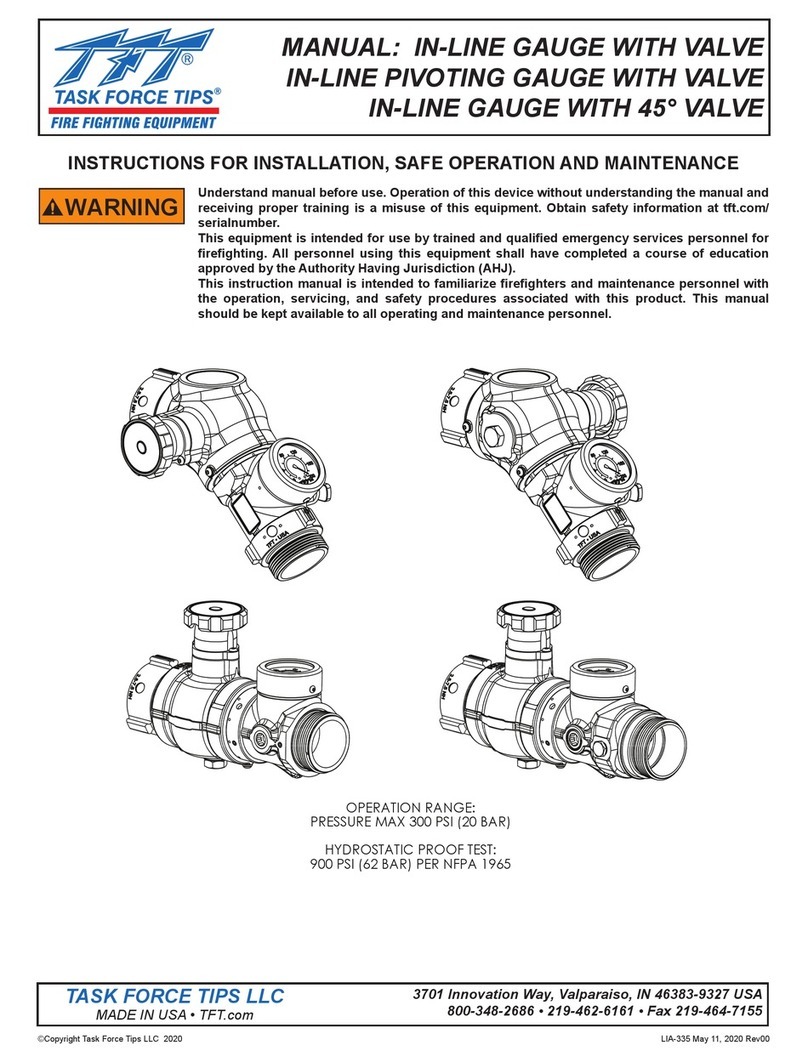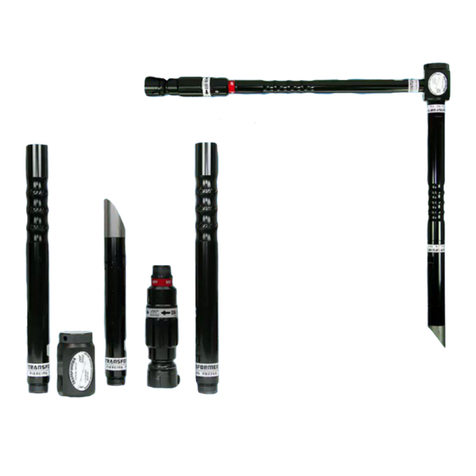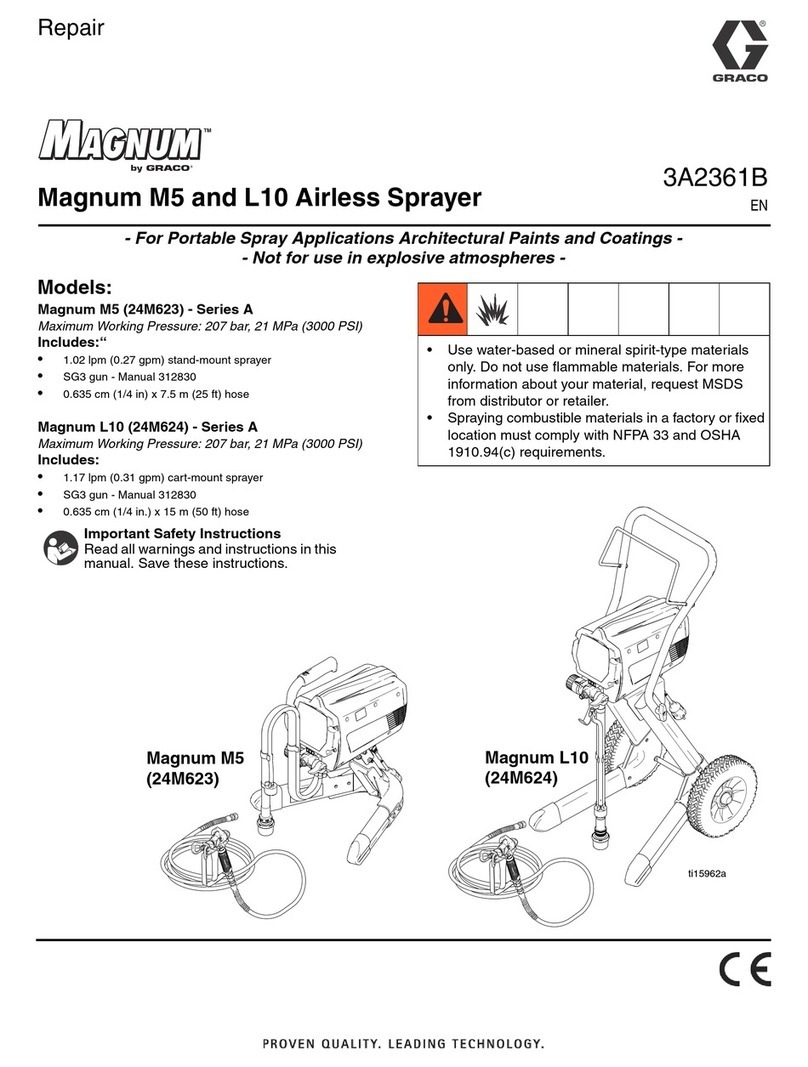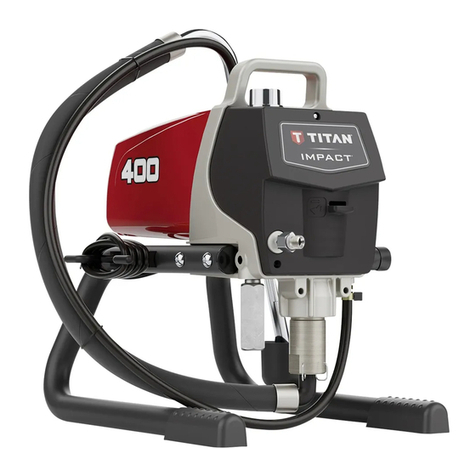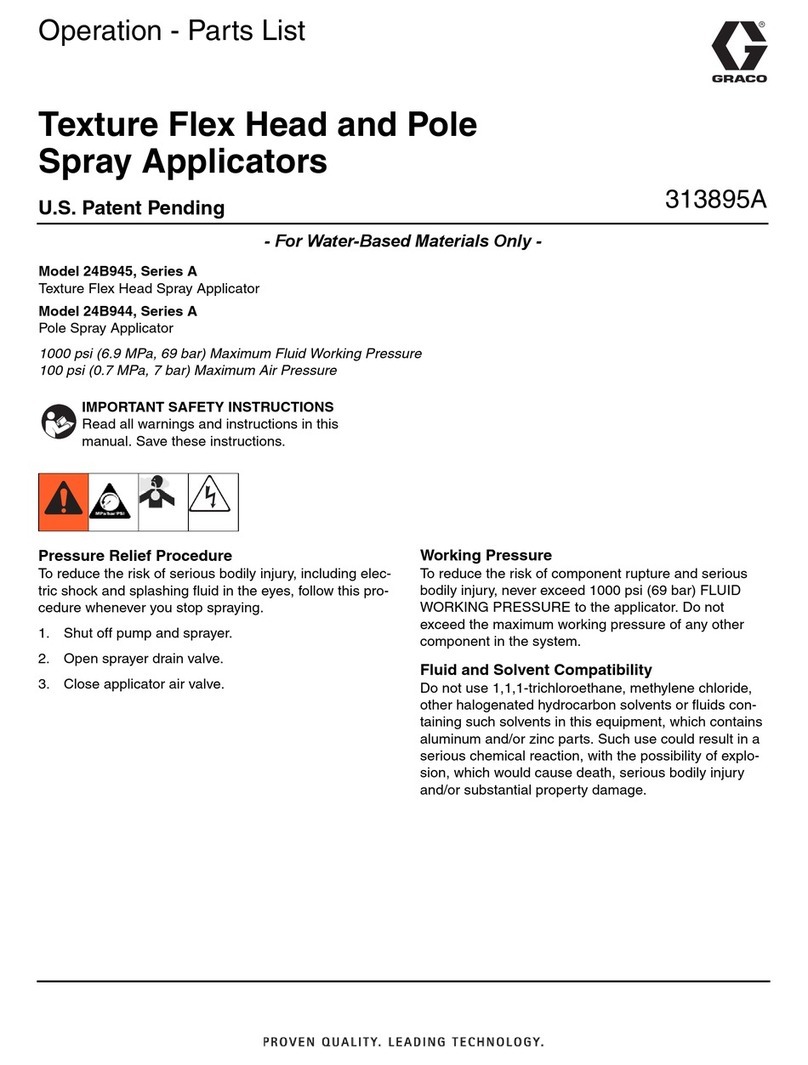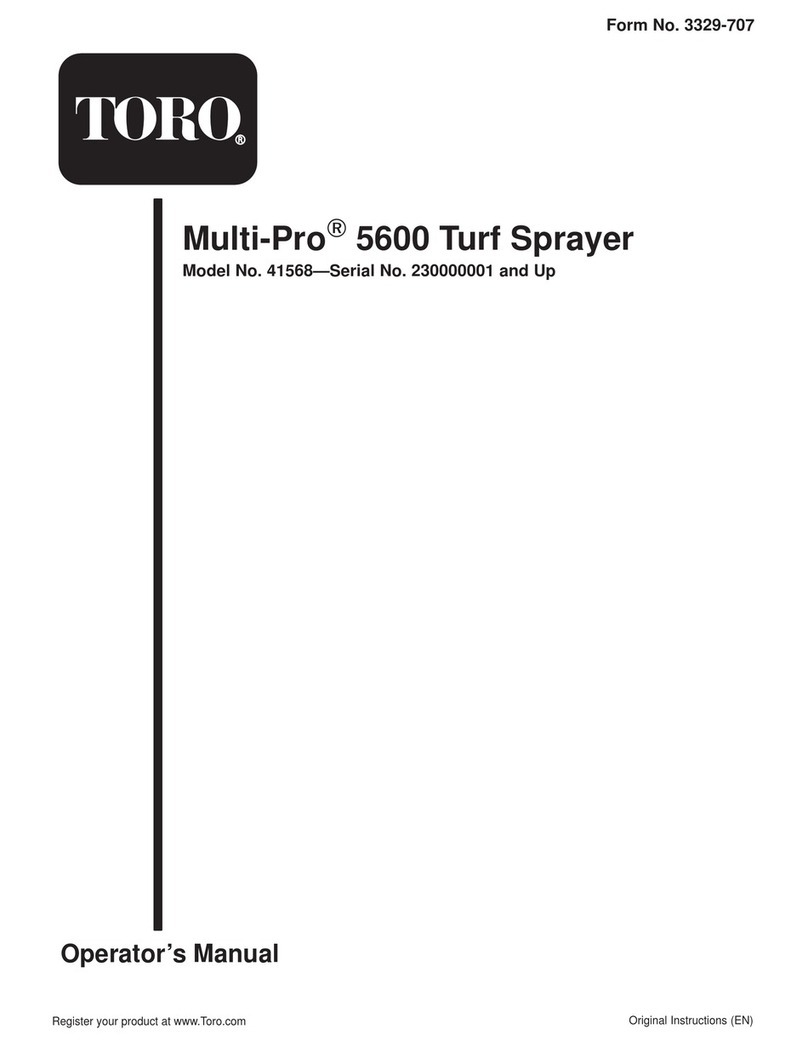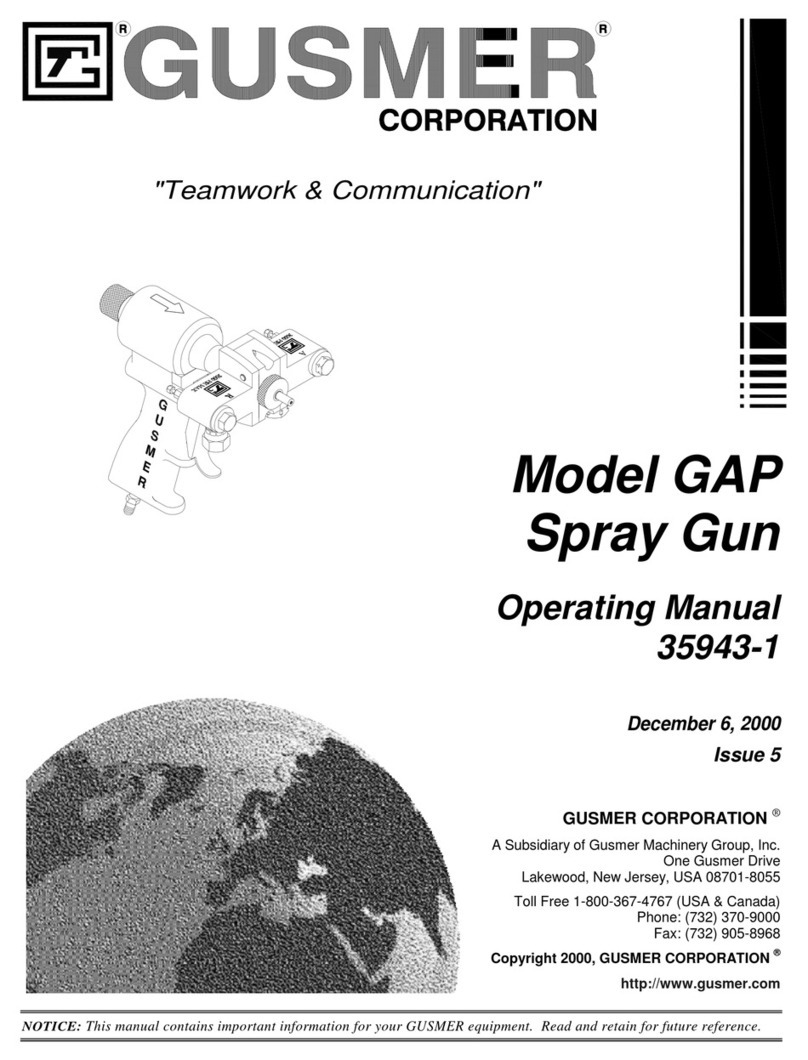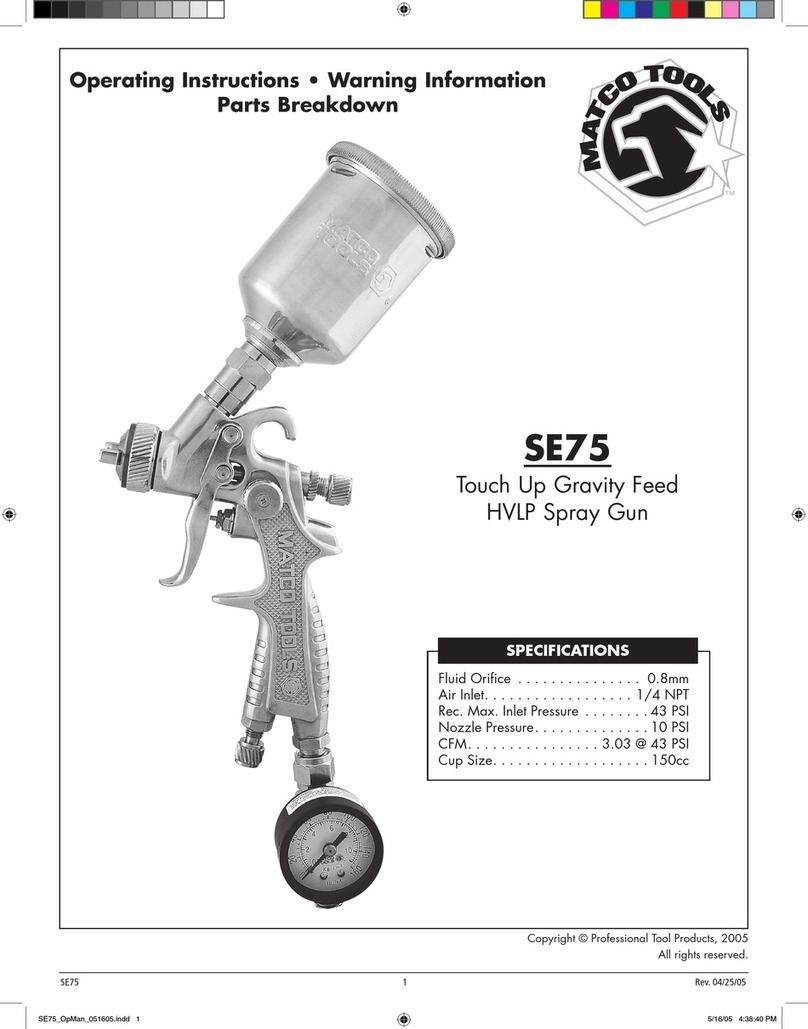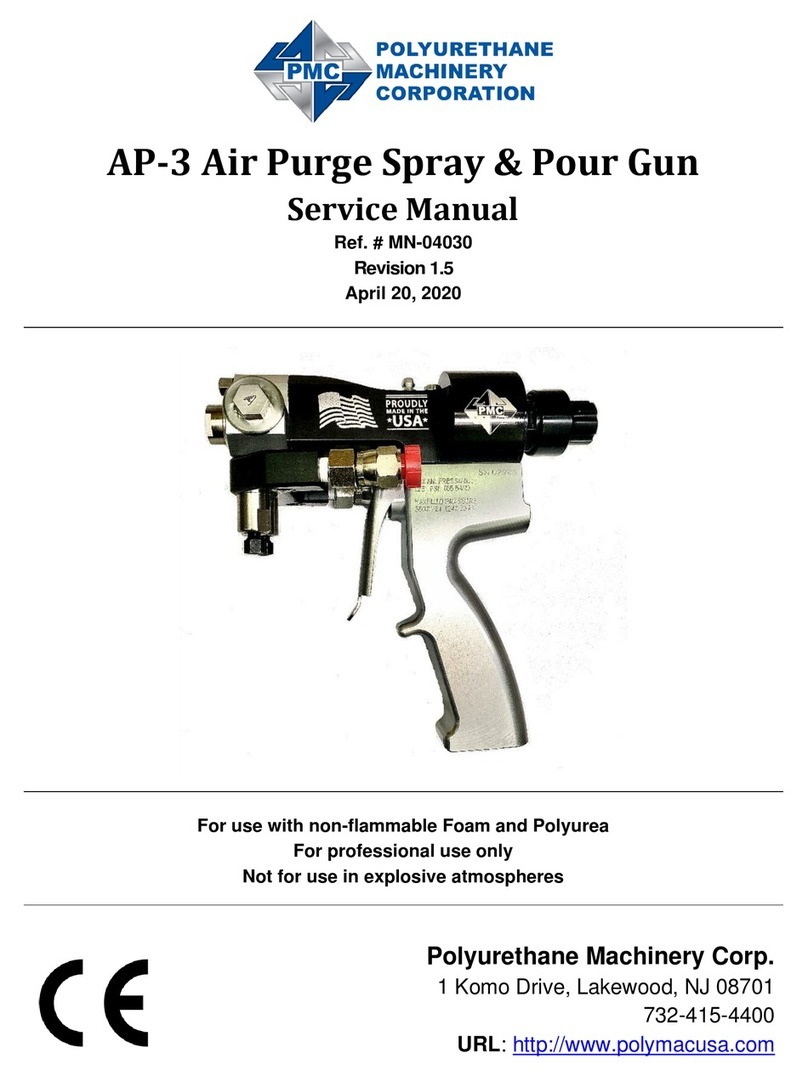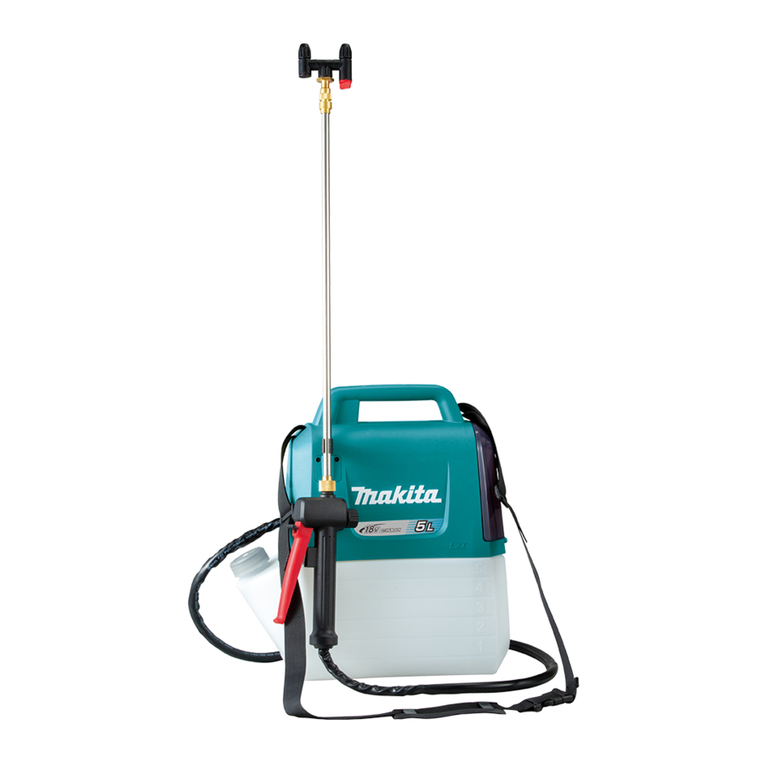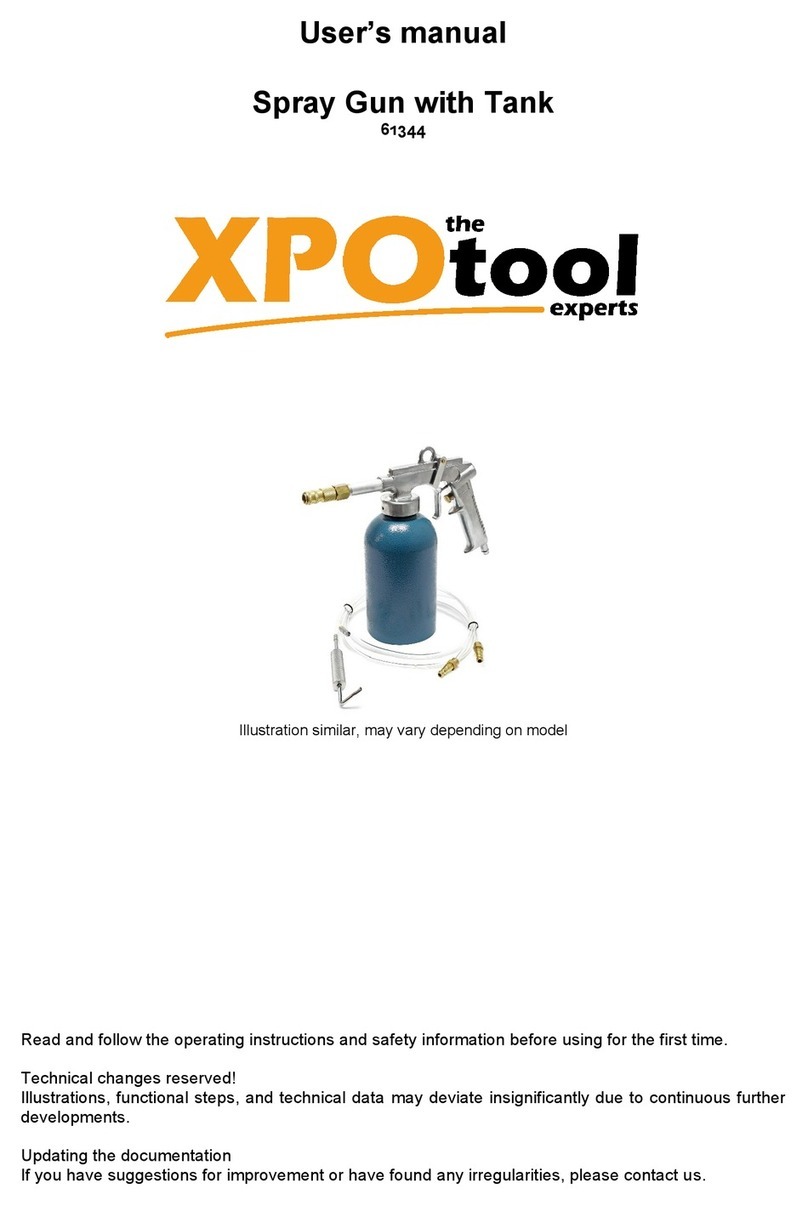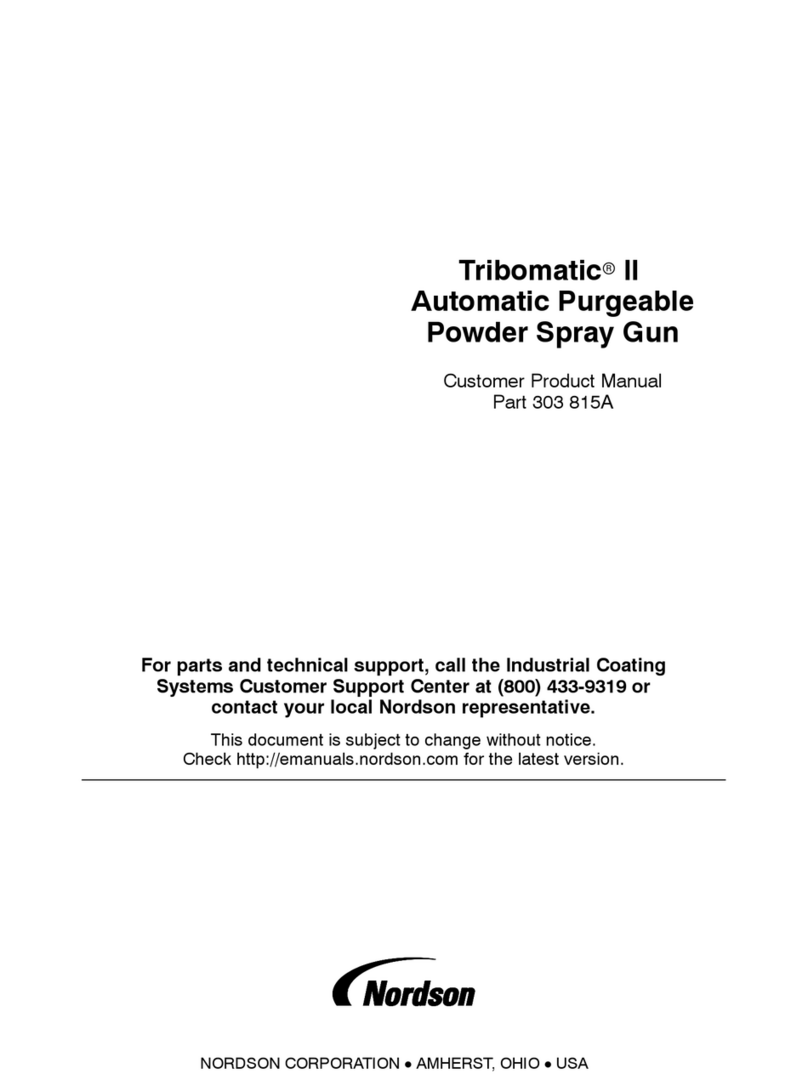
Injury can occur from an inadequately supported nozzle. The mounting must be capable
of supporting the nozzle reaction force which can be in excess of 2300 lbs (4000 GPM at
120 PSI).
3
The Task Force Tips Master, Monsoon and Typhoon nozzles are automatic pressure control deluge nozzles. These
automatic nozzles operate by sensing the pressure at the nozzle's inlet and adjusting the discharge opening to maintain a
constant pressure throughout the flow range of the nozzle. While flowing, the stream pattern can be varied from wide fog
to straight stream. Trapped debris can be removed without the use of tools.
These nozzles are constructed of hardcoat anodized aluminum and UV resistant rubber. Their rugged construction is
compatible with the use of fresh water as well as firefighting foam solutions. A summary of each nozzle's characteristics is
shown in the table below.
OPERATING NOTE ABOUT AUTOMATIC NOZZLES: The automatic nozzle is considerably different than
"conventional" nozzles because of basic changes in the operating principle. These differences not only assure the most
effective operation under a variety of conditions, but will also utilize the available water supply most efficiently. It is
important that nozzle operators, pump operators, and officers be fully aware of these differences. Therefore, proper
instruction is required for safe and effective operations.
NOTES ON ABOVE TABLE:
!
!
!
!
Other threads, coupling sizes or connector styles can be specified at time of order.
Master nozzle is also available in selectable gallonage or fixed orifice models. See catalog for details.
Typhoon nozzle is field adjustable within the range of pressures shown.
For long term installations, it is recommended that the threads be greased before installing the nozzle.
2.0 GENERAL INFORMATION
Do not couple aluminum to brass. Dissimilar metals coupled together can cause galvanic
corrosion that can result in inability to unscrew threads or complete loss of thread
engagement.
This equipment is intended for use by trained personnel for firefighting. Their use for
other purposes may involve hazards not addressed by this manual. Seek appropriate
guidance and training to reduce risk of injury.
Nozzle must be properly connected. Mismatched or damaged threads may cause nozzle
to leak or uncouple under pressure and could cause injury.
FLOW FLOW PRESSURE PRESSURE STANDARD
SERIES (GPM) (LPM) (PSI) (BAR, KPA/100) COUPLING
MASTER 150-1250 600-4700 100 7 2.5" NH FEMALE
MONSOON 300-2000 1100-7500 100 7 3.5" NH FEMALE
TYPHOON 600-4000 2300-15000 80-120 5.5-8.3 6" ANSI 150 FLANGE
Some volatile liquids can be ignited by static discharge.
Static build-up can occur from:
Electrochemical separation of charge as water drains through low conductivity,
refined products.
Applying foam over a low conductivity liquid of sufficient depth to retain the
charge created as the foam blanket drains.
Streaming currents as water or foam is introduced into the storage tank.
&
&
&1
Water is a conductor of electricity. Application of water solutions on high voltage
equipment can cause injury or death by electrocution. The amount of current that may be
carried back to the nozzle will depend on the following factors:
Voltage of the line or equipment
Distance from the nozzle to the line or equipment
Size of the stream
Whether the stream is solid or broken
Purity of the water
&
&
&
&
&2
1 Electrostatic Hazards of Foam Blanketing Operations by Peter Howels. Industrial Fire Safety July/August 1993
2 The Fire Fighter and Electrical Equipment, The University of Michigan Extension Service, Fourth Printing 1983. Page 47.
WARNING
WARNING
WARNING
WARNING
CAUTION
CAUTION
LIM-030 November 22, 1999 Rev 1©Copyright Task Force Tips, Inc. 1999












